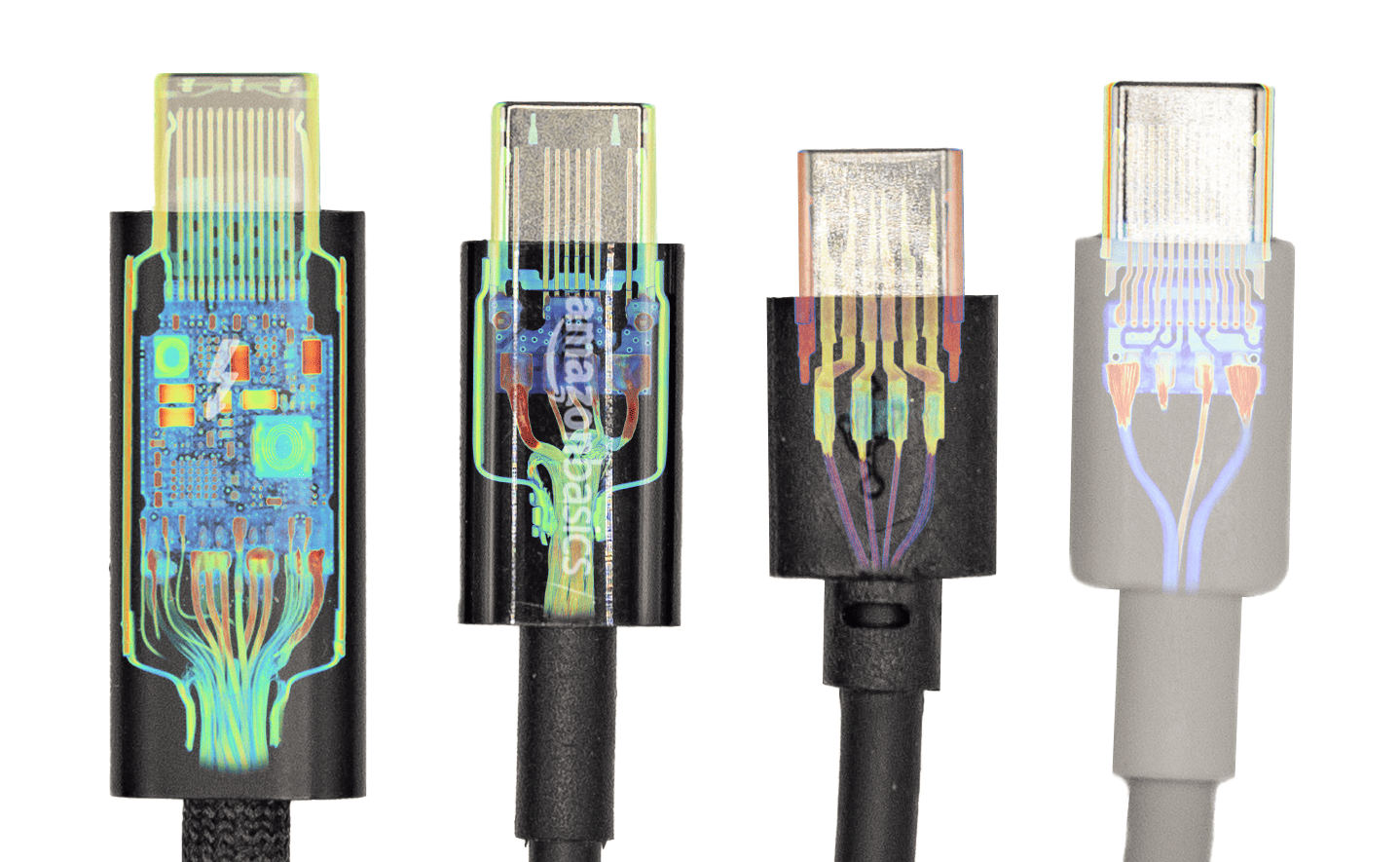
This year, Apple has finally given in. Its new iPhone 15 jumped on the universal charging connector bandwagon, ditching its proprietary Lightning port that made its debut in 2012. For consumers, this is definitely a good step in the right direction, which means iPhone users can now use the same cables as Android phones, and vice-versa.
But of course, none of this means that their USB-C cables are cheap. In Apple fashion, they are charging as much as $129 for a freaking charging cable.
Why on Earth would Apple charge that much for a USB-C cable when you can find some for dirt cheap? While it’s tempting to accuse Apple of corporate greed, the devil’s often in the details.
Different standards govern the data speeds and charging capabilities, leading to a vast array of cables tailored to specific device needs. This myriad of standards means not all USB-C cables are created equal although they technically serve the same purpose.
To illustrate, the tech research company Lumafield decided to delve deep—literally. They used X-ray CT scanners to examine what lies inside various USB-C cables, ranging from budget-friendly cables costing less than $5 to Apple’s super-expensive Thunderbolt 4 cable.
The budget $5 USB-C Cable: rudimentary but gets the job done

Researchers peered inside the $5.59 USB-C cable by NiceTQ, with a modest 60 W charging. At first glance, it promises data transfer speeds of a whopping 10Gbps. But when Lumafield took a closer look, they discovered a different story.
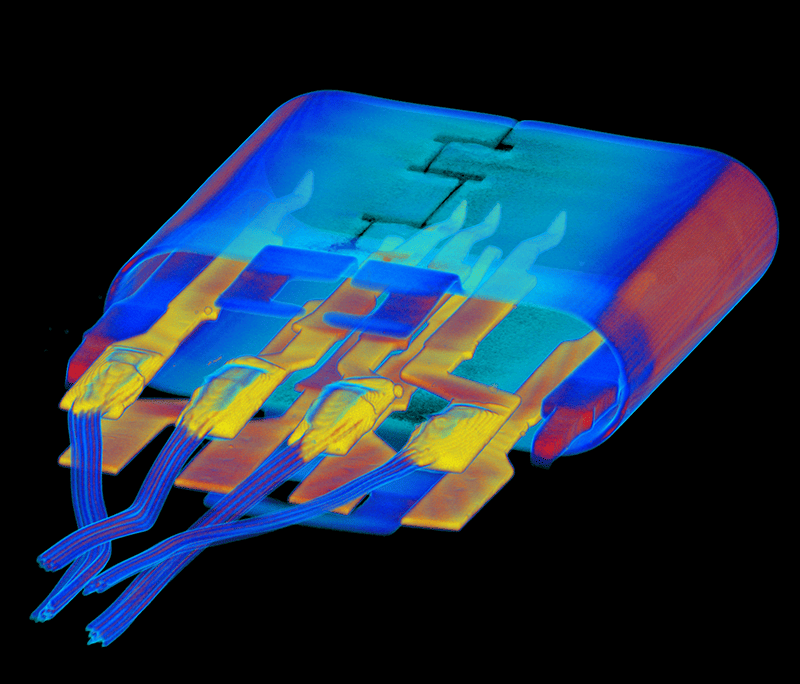
The internal structure was minimalistic: pins and connector shells floated independently in plastic, without any shielding. Out of the eight pins, only half were active, directly soldered to the cable wires. Contrary to its lofty claims, this cable can only muster a top speed of 480Mbps, judging from its pin arrangement. And with no backup, if just one of these pins fails, the entire cable becomes useless.
Apple’s premium $129 Thunderbolt 4 Cable: a hidden engineering marvel
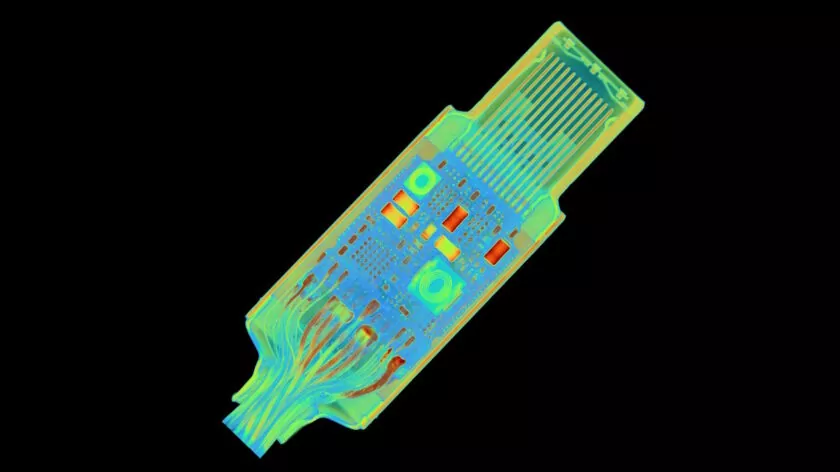
On the flip side, consider Apple’s premium Thunderbolt 4 cable, priced at a hefty $129. Apple promises lightning-fast data transfer speeds of up to 40Gbps, charging at a rapid 100W, and can connect up to six Thunderbolt 3 devices in a chain.
But what makes it so special?
Peeling back its layers, Lumafiled scans exposed a robust stainless steel enclosure housing 24 independent pins on a 10-layer PCBA. Ten of these wires are co-axially shielded, each meticulously soldered to a complex PCB assembly. To ensure durability, a strain-relief fitting, crimped from eight directions, encases the entire assembly.
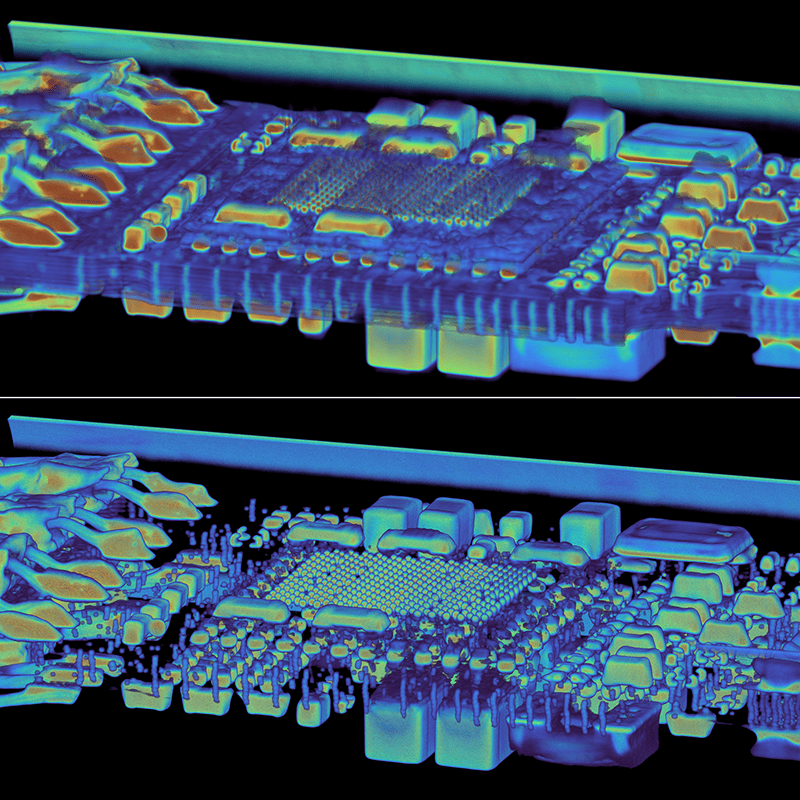
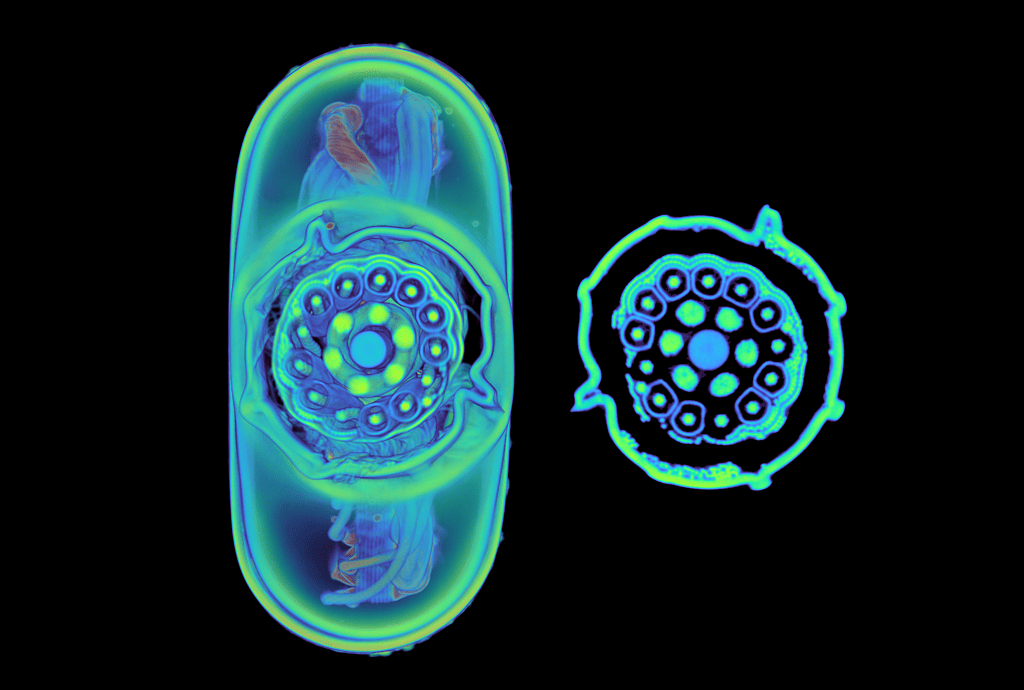
Lumafield’s exploration didn’t end there. They also scrutinized other cables, including one from Amazon Basics and another product from ATYFUER, which, at only $3.89, is remarkably more sophisticated than the NiceTQ cable despite being cheaper.
I guess the lesson here is that USB-C cables can be (and have been) overly engineered. No doubt Apple put in a lot of work in its cables, although they might look the same on the surface as a cheap knockout. Is it worth the $129 price tag, though? You be the judge.









